James Davidson House
Introduction
Text-to-speech Audio
Images
Canadian Bank of Commerce staff, during Spanish Flu epidemic
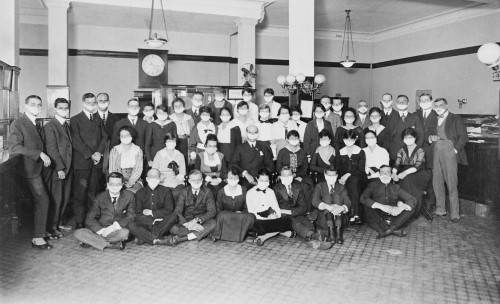
James W. Davidson
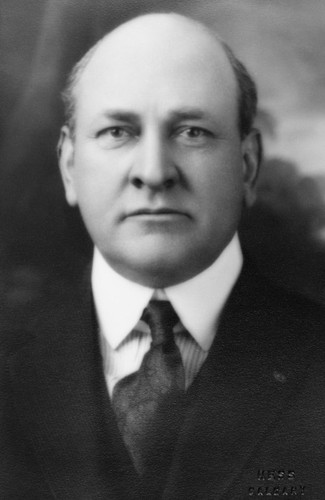
Bowview Ranch, Morley, Alberta
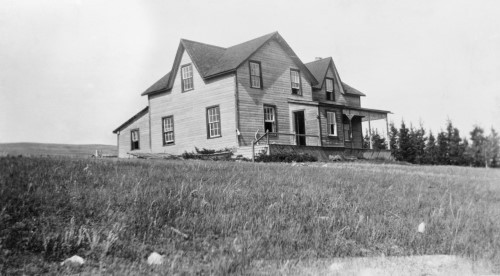
Frank Reeve, 1937
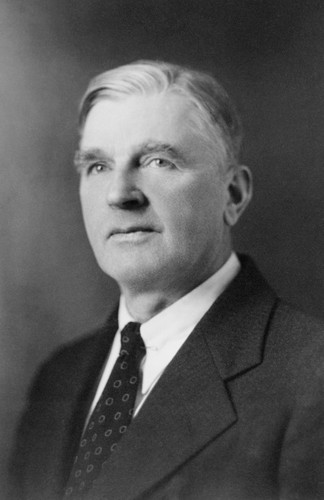
Laura Goodman Salverson, 1925
.jpg)
Onoto Watanna (Winnifred Eaton Reeve)
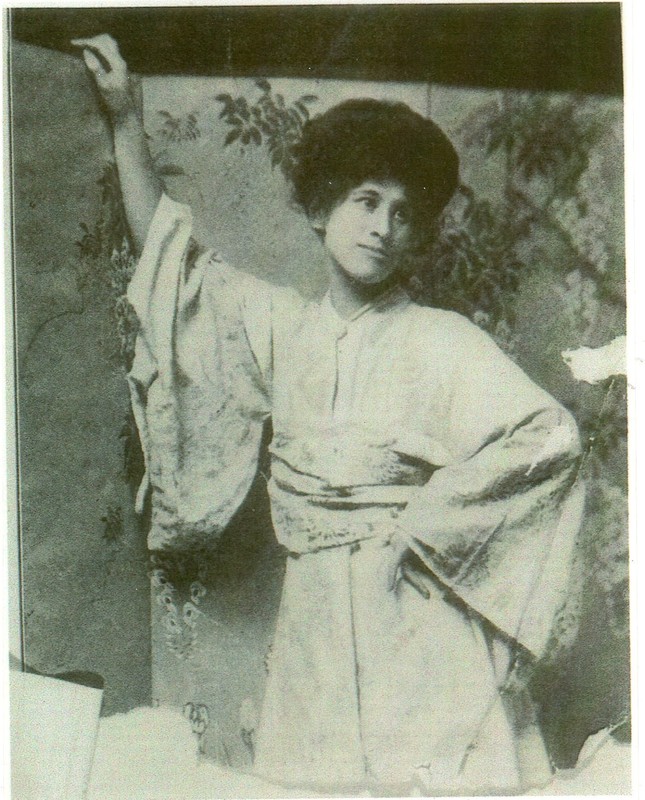
Backstory and Context
Author-Uploaded Audio
Listen to a narration of this entry's description by Lougheed House National & Provincial Historic Site User.
Text-to-speech Audio
On the southwest corner of Royal and 7th Street you can still see house number 801. This was built by the American diplomat, journalist, and author, James R. Davidson, around 1907*. Davidson was known around the world for a book he wrote before he moved to Calgary called The Island of Formosa, Past and Present, published in 1903, and is still consulted to this day for people who are interested in learning about Taiwan. Davidson made his mark in Calgary not as an author, but as a Rotarian; a man who came to be called "the Marco Polo of Rotary". If you're interested in that story, I suggest you read Fred Stinson's 2014 History of the Rotary Movement in Calgary. A little literary trivia with James Davidson: in 1907, the world-famous rockstar writer Rudyard Kipling came to Calgary on a whistle-stop tour across the country. He was met at Calgary Station by an entourage including James Davidson, who was driving the car. It was a very fancy touring car with new top. Davidson took Kipling and his wife on a breeze through Stephen Avenue, up Centre Street, stopped the car at the top of Rotary Park, and took in the view of the city. That is where Rudyard Kipling declared Calgary "the wonder city of Canada". So now you know who was driving the car.
But I really brought you to Royal Avenue to talk about Winnifred Eaton Reeve, then known as the world-famous novelist Onoto Watanna. Reeve and her husband lived in this house at 801 Royal Avenue from 1939 until the mid-50s. Now that was her second Calgary chapter. I'm going to talk more about that at the stop in front of the Barnhart Apartments a few blocks away. Right now I want to give you a little background and tell you about Reeve's first Calgary chapter that was between the years 1917 and 1924. In 1917, Reeve moves to Calgary with her second husband, Frank, and they are intent on becoming Alberta ranchers. They start out on a farm near Beddington - not the neighbourhood we know now, but a little further north and east. Soon they have purchased 10,000 acres near Morley - they bought the Bowview Ranch and moved out there full-time. Winnifred Reeve is in her early 40s, and the mother of three school-aged children. She is a prolific Montréal-born New York City-based novelist of Chinese descent, known to her regions of fans as Onoto Watanna, the author of many Japanese-American romances. She is considered one of the first Asian-Canadian writers. Her life story is phenomenal, and if you're interested in her, there is a wonderful biography written by her granddaughter, Diana Birchall. I highly recommend that fascinating read. When Reeve arrived in Alberta, she was looking to shed her Japanese persona. She jumped with both feet into her life as an Alberta rancher. She put away all her manuscripts in a trunk she called her morgue. By 1920 though, she could no longer ignore the itch to write. She rented a writing pied-à-terre in Calgary, and she dashed off a novel in five weeks. The Calgary press welcomed her with open arms as the city's celebrity author. It was as if Danielle Steel had moved to contemporary Calgary, it made such a splash. Reeve became part of the city's small literary community. She served as branch president of the Canadian Authors Association, she gave speeches about the importance of Canadians writing Canadian stories, and she spent a lot of time talking about paying authors for their work. Reeve organized a week-long book festival in 1923 in Calgary featuring Calgary authors. She hosted local authors at her home and she read their work. And she also had a literary feud with a young Calgary-based novelist Laura Salverson in early 1924. That feud played itself out in the pages of a national literary journal. It was a classic tale of literary ambition and jealousy. Reeve wrote three novels and several short stories while she was in Calgary during her first chapter.
There is a scene in her novel Cattle, published in 1923, that has particular resonance for us today. It is set in the Morley area on a ranch, but the story touches down in Calgary during the outbreak of the Spanish flu during October 1918. I'd like to read you a little bit from that scene:
"Calgary might have been likened at that time a beleaguered city. A city of sunlight and optimism was now a place of pain and death. Scarcely a house escaped the dreaded visitor. A haunting sense of disaster now rooted over the city: hospitals, schools, churches, theatres, and other public buildings were turned into houses of refuge. No one was permitted on the street without a mask: a piece of white gauze fastened across the nose and mouth."
That's from Winnifred Eaton Reeve's novel Cattle from 1923. It is really the only piece of Calgary literary that I can find that describes what was happening during the Spanish flu epidemic.
By 1924 Winnifred Reeve was facing hard times. Tariffs on cattle and grain were forcing Frank Reeve to foreclose on their ranch. Winnifred was also frustrated professionally. As money got tight in their household, she felt increasingly far from the literary centres where she knew she could make a living. And the small provincial atmosphere of Calgary in 1924 felt more and more restricted to her. So, after a few short years in Alberta, Winnifred left Frank and headed back to the United States, eventually to Hollywood where she tried to make her living as a screenwriter. She stayed away for seven years, having in 1931 returned to Calgary and to Frank. But that is chapter two of Winnifred Reeve's Calgary story, and I'll tell you more about that at a later stop.
[audio transcript]
*James W. Davidson
Sources
.
Glenbow Archives and Special Collections, NA-964-22
Glenbow Archives and Special Collections, NA-2345-6
Glenbow Archives and Special Collections, NA-4320-18
Glenbow Archives and Special Collections, NA-4320-30
Canadian Singers and Their Songs
Courtesy of Brian Brennen
